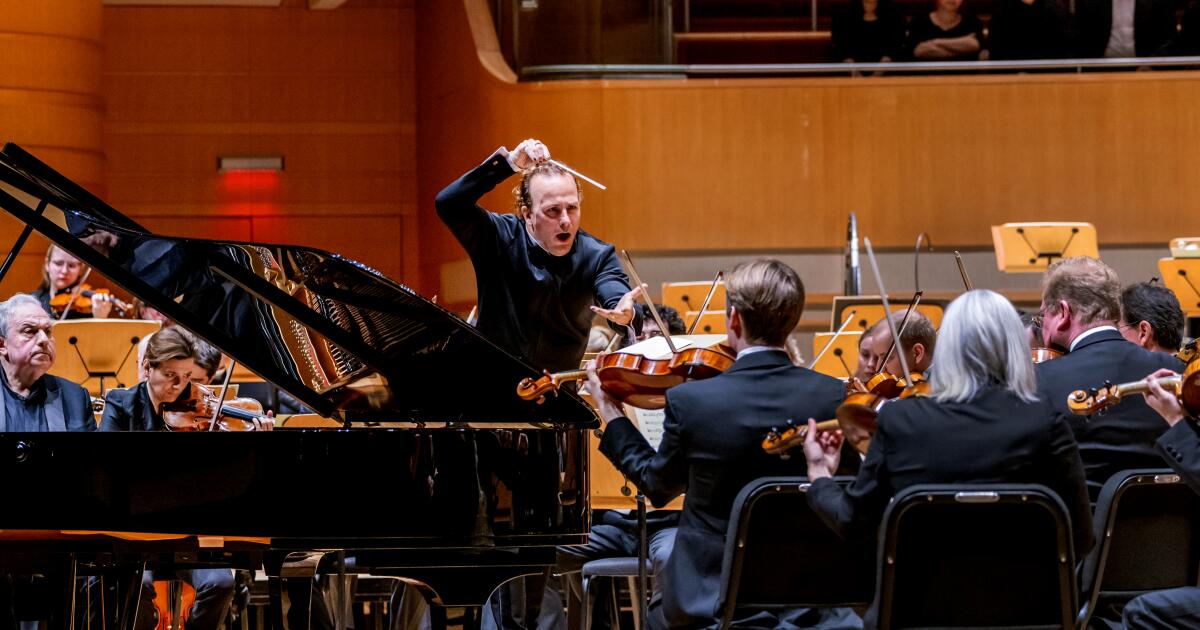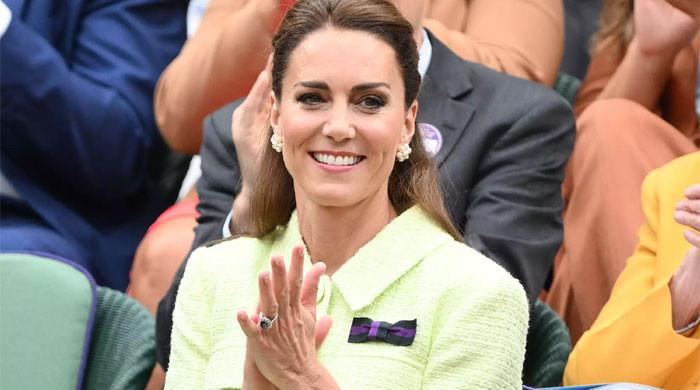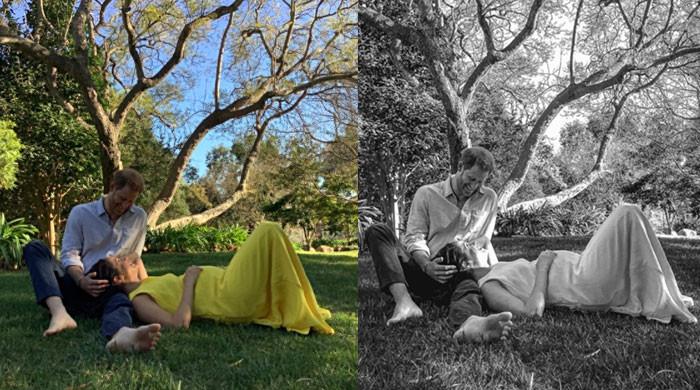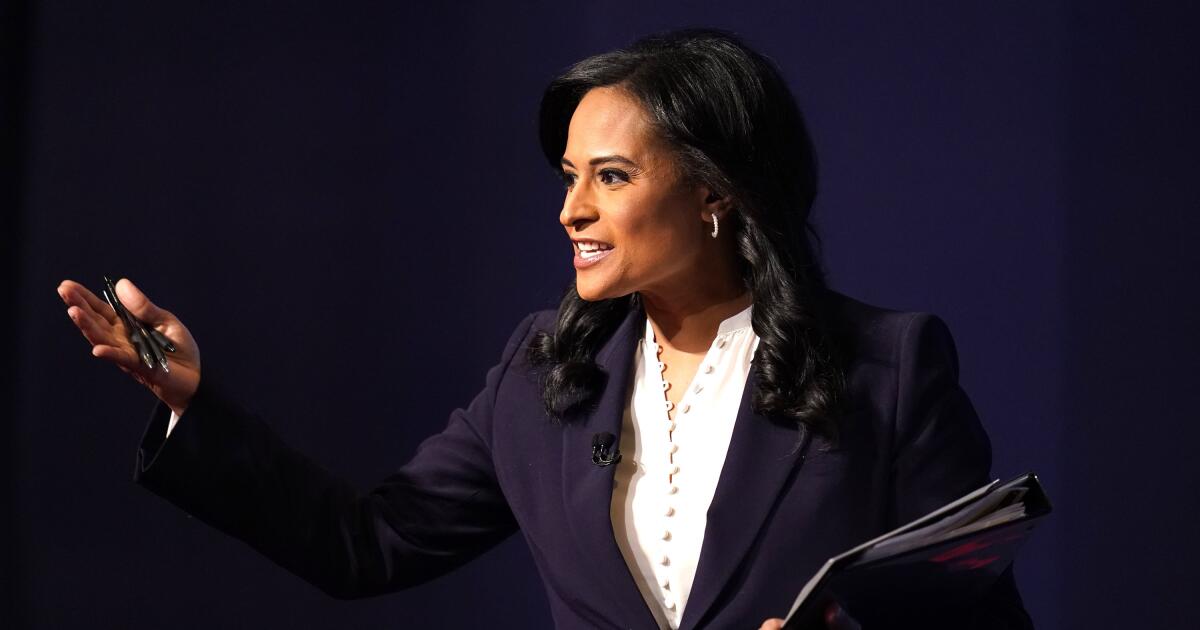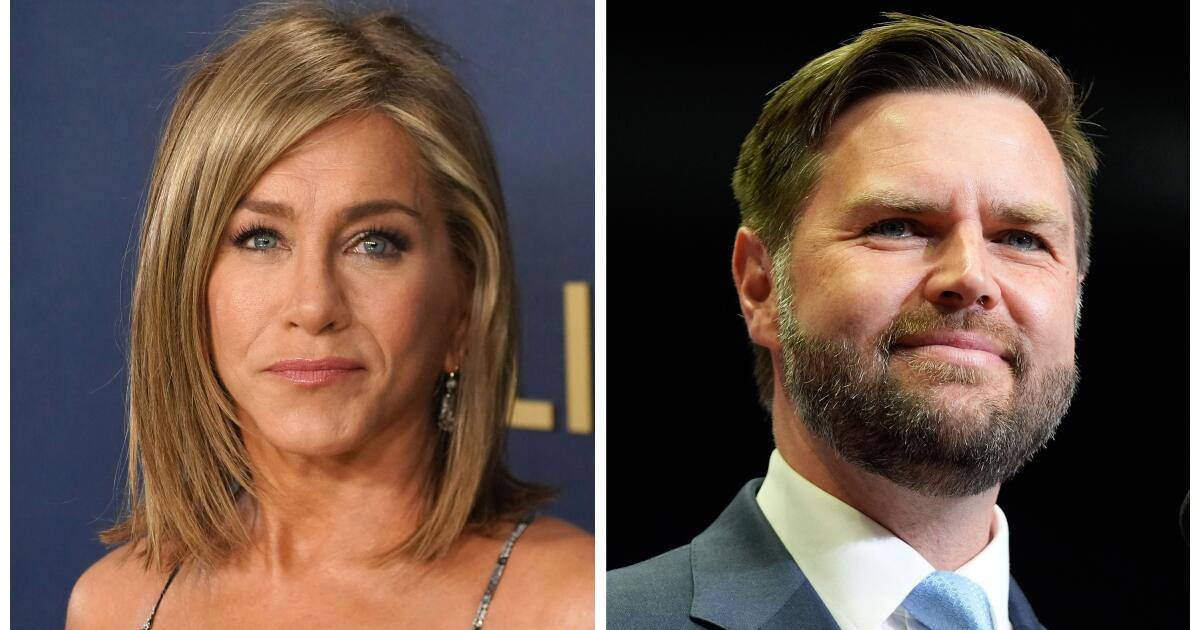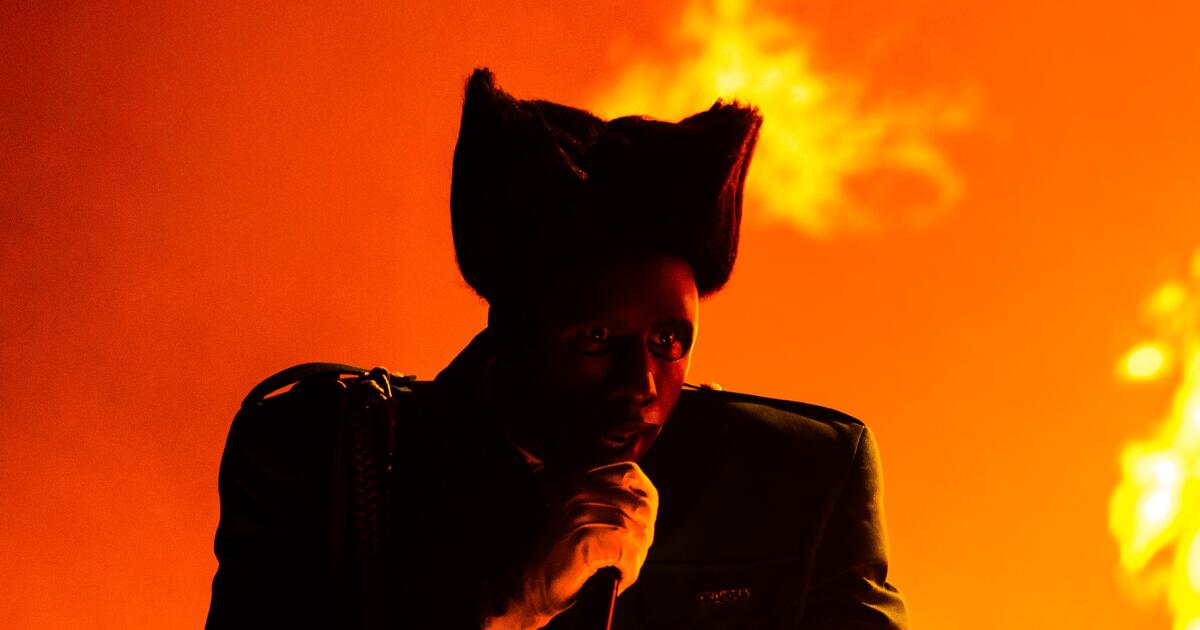There's an existential question at the heart of the new semi-animated children's film “IF,” from “A Quiet Place” director John Krasinski. It's simple, but it speaks to the limitless potential of a child's imagination and asks over and over again, “What if?”
“IF” is also an acronym in the film for “imaginary friend,” and the film prompts audiences to consider the impossible: What if our imaginary friends never disappeared with time and memory, but instead remained in the world, without purpose and without friends?
It's an interesting premise, and Krasinski has tapped into his considerable list of Hollywood contacts to provide voices for the imaginary friends. However, a cute premise and a ton of stars are pretty much the only thing going for “IF,” which is a surprisingly bleak movie with serious storytelling problems, because Krasinski hasn’t bothered to flesh out the fantastic world-building of his script. . .
It's a little ironic because the characters repeatedly talk about the importance of stories. In an opening narrative, our heroine Bea (Cailey Fleming) describes how when she was a child, her mother asked her for a story; Later, she tells a story to her father (Krasinski) in one of the film's cathartic, climactic moments. Krasinski insists that stories are important, but he never shows why or how. And on a structural level, the narrative of “IF” itself is a mess: a sincere but dramatically inert effort that oscillates between tones from the whimsical to the morose.
Ryan Reynolds and Cailey Fleming in the movie “IF.”
(Jonny Cournoyer)
It may seem like a movie about imaginary friends, but it's actually about dead and dying parents. The “IFs” are the coping mechanism and they are also the emotional connection to childlike wonder and comfort in escapism, which is something 12-year-old Bea needs more than ever. In an opening montage, we see her happy childhood and her mother (Catharine Daddario) passing away due to illness. When we meet Bea again in the present, her father is in the hospital with a “broken heart” (although he is agile enough to make childish pranks and pranks).
Bea is left with her grandmother (Fiona Shaw) in her childhood apartment in Brooklyn Heights, strangely left to her own devices, and ends up falling in love with her reticent neighbor Cal (Ryan Reynolds) and his two magical associates, a purple giant named Blue ( voiced by Steve Carell) and a dancing Minnie Mouse creature, Blossom (voiced by Phoebe Waller-Bridge).
Blue and Blossom are IFs whose children have grown up and would like to find new ones to befriend. After explaining her difficult situation, Bea takes on the task of finding a partner as her new “job.” It's never explained what will happen to the IFs if they don't pair up, as it seems like they're just going to live in a retirement home under Coney Island. But Bea seals the deal for her with a musical rendition of Tina Turner's “You Better Be Good to Me,” which is a callback to her own childhood memories but which also feels like an extended inside joke.
They soon realize that they need to track down the IFs' adult friends instead of looking for new ones, so Bea wanders around New York City with Cal, Blue, and Blossom looking for these kids and trying to activate their sensory memories. so they can see their IFs again.
There's a lot of potential disbelief to suspend here. It would be helpful to have a set of rules and regulations regarding these imaginary creatures. Who can see them? Why doesn't Bea's grandmother wonder why she spends her days running away to Coney Island? Is her father in a psychiatric hospital? Is any of this really happening?
Krasinski emphasizes intensity over coherence, and composer Michael Giacchino greatly exaggerates the piece to convey narrative rhythms that simply do not exist. The oddly paced film feels haphazardly thrown together, peppered with a collection of one-line vocal cameos performed by Krasinski's high-profile friends (George Clooney, Matt Damon, Maya Rudolph, Emily Blunt, Jon Stewart, Bradley Cooper, Keegan -Michael Key, Sam Rockwell, Awkwafina, Blake Lively, Amy Schumer, Christopher Meloni, Richard Jenkins, etc.). The film looks great, with rich, vintage production design by Jess Gonchor, and is beautifully shot by Steven Spielberg's master cinematographer Janusz Kaminski. But all this presumption is so undercooked that it could cause salmonella.
“IF” is a film from an adult's perspective about the importance of imagination and a reminder to stay connected to our own sense of childlike wonder. But is it a movie for children or for the inner child of an adult? With its confusing and nonsensical story, it may not be for anyone, even if your heart is in the right place.
'YEAH'
Classification: PG, for thematic elements and mild language.
Execution time: 1 hour, 44 minutes
Playing: Now in wide release


